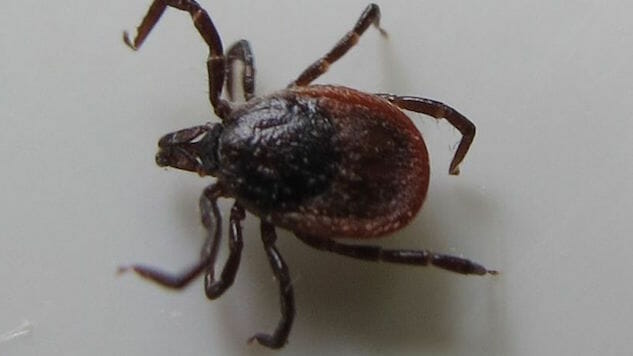Lyme Disease Has Been Discovered in 9 National Parks

Researches from the Centers for Disease Control and Prevention (CDC) and the National Park Service (NPS) collected ticks in 9 different national parks. They found blacklegged ticks—also called deer ticks—present and carrying Lyme Disease in every park that they inspected.
The parks on this list include: Acadia National Park in Maine; Catoctin Mountain Park and Monocacy National Battlefield in Maryland; Fire Island National Seashore in Long Island, N.Y.; Gettysburg National Military Park in Pennsylvania; Rock Creek Park in Washington, D.C. and Manassas National Battlefield Park, Prince William Forest Park and Shenandoah National Park in Virginia.
The study was originally conducted due to the significant number of cases of Lyme disease reported in the areas. Lyme Disease symptoms include fever, headache and rash, and, if left untreated, the infection can spread to the heart, joint and nervous system, where it will trigger more severe damage.
Planning a hike in one of these nine national parks? Here is what the CDC and NPS recommend you do to protect yourself from contracting the disease: